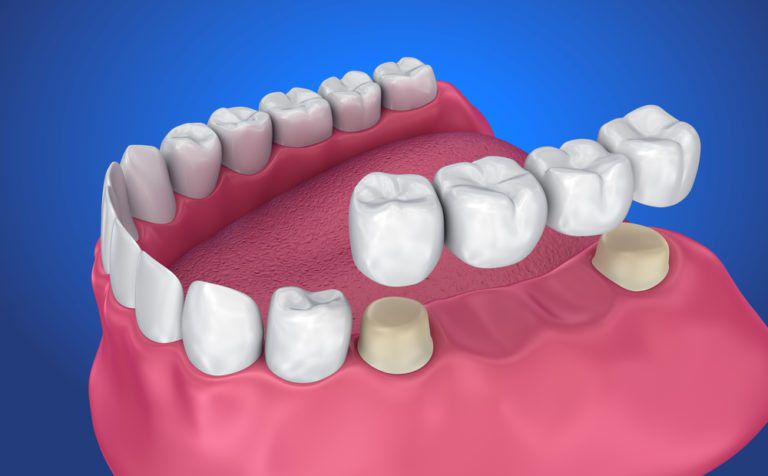






Identifying and addressing cavities early can prevent the need for more complex and costly dental procedures. If cavities are found before there has been significant decay, the tooth can be restored with a filling.
Once a tooth has a cavity, the decay will continue to spread unless the decayed area is removed and the tooth is properly restored. Leaving cavities untreated can lead to the need for more significant restorative procedures such as crowns, bridges, root canals, or dental implants.
While metal (amalgam) fillings used to be common, tooth-colored composite material is now the most recommended filling material. The composite material blends in with the natural tooth and is less noticeable than a metal filling. The tooth-colored filling is not as affected by heat and cold as the metal fillings, so the patient is less likely to experience temperature-related sensitivity.
Another important reason for composite fillings have replaced amalgam fillings is that they do not use mercury, which was present in metal fillings. Many patients are choosing to have their older amalgam fillings replaced with tooth-colored fillings for this reason.






Dental veneers are thin, tooth-colored shells that are applied to the front surface of teeth to enhance their appearance. They are typically made of porcelain or a resin-composite material and are permanently bonded to your teeth. Veneers can be used to treat a variety of cosmetic issues, such as chipped, broken, discolored, or smaller-than-average teeth. Some people may only need one veneer to repair a broken or chipped tooth, but many people require six to eight veneers to achieve an even, symmetrical smile. The top front eight teeth are the most frequently veneered.
The main advantage of veneers is that they improve the appearance of your teeth, giving you a brighter and more even smile. Dental veneers are frequently used to treat the following cosmetic issues:






If a tooth has more extensive decay, a dental crown may be the ideal aesthetic and functional restorative solution. Choosing to have a crown placed can preserve the natural tooth, which is always the goal as preserving the natural teeth helps maintain the supporting bone structure and stability of the surrounding and adjacent teeth.
The first step in the process is to take an impression that will be used to make a model of the teeth and bite. This allows the crown to be made to look and function like your natural tooth. The tooth will then be prepped, with the decayed areas being removed. An impression of the prepped tooth will be made so that the final crown will fit properly when it is placed.
Sometimes the final crown can be placed on the same day but other times a temporary crown will be placed while your final restoration is being created. Crowns often last a lifetime with proper care and oral hygiene.
This type of ceramic crown is often used for teeth that are visible when smiling as they are made from a porcelain-based material that retains the look of your natural teeth.




